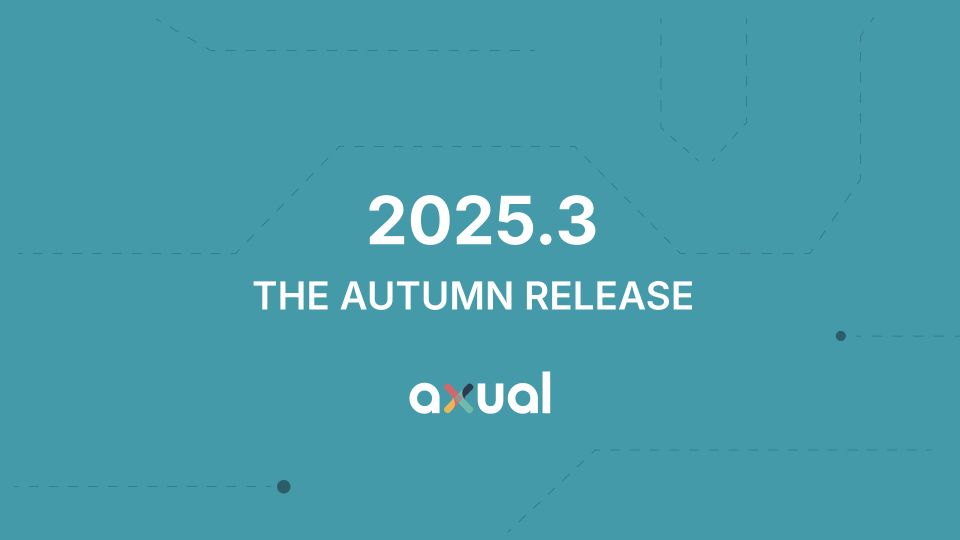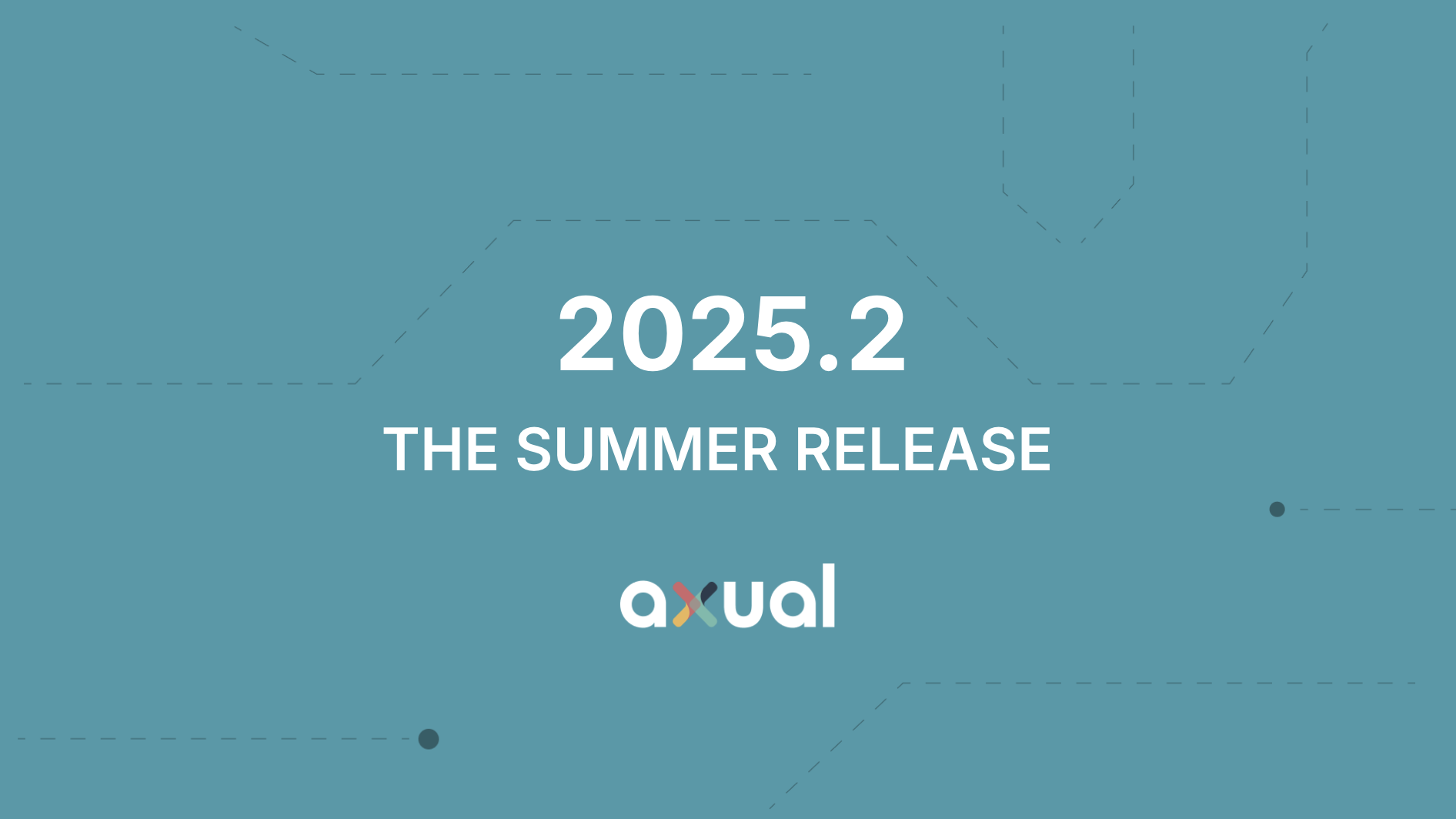Is it time to decentralize your data organization?
Centralized data administration can be great for smaller organizations. A single team of admins acts as gatekeeper on an event streaming platform, like Apache Kafka. It means data governance can be enforced from the top down to ensure full data compliance. But as your business grows, you find more and more developers need you to […]

On this page
Centralized data administration can be great for smaller organizations. A single team of admins acts as gatekeeper on an event streaming platform, like Apache Kafka. It means data governance can be enforced from the top down to ensure full data compliance.
But as your business grows, you find more and more developers need you to create and configure topics for them and you are in need of stricter Kafka topic access control. Without continuously scaling your central team, they simply won’t be able to keep up with the sheer volume of requests. Your central organization can quickly go from gatekeeper to bottleneck.
In a centralized structure, your dev teams rely on the central team for Kafka topic ownership and troubleshooting. And they need it promptly to stay on track. Without it, timelines slip and features take too long to implement. If developers or product managers are complaining about delays, the writing is on the wall: Your days of central data governance are numbered.
4 STEPS TO EFFECTIVE SELF-SERVICE FOR KAFKA
When you are convinced and ready to move to self-service for Kafka data compliance, there are four steps to take.
1. Create an inventory
Start with an inventory. Which Kafka topics do you have? What data do they hold? Are (Avro) schemas used to describe the payload on the topics? You need to get their administration and metadata in order so you can start from a clean base.
2. Decide on ownership
In a best-case scenario, who should be responsible? Who needs to own data and topics? You may want to give the supplier (producer) control of Kafka compliance. Another option is to give the business side the responsibility. Before you implement anything, you’ll need a clear vision of what your ideal setup looks like.
3. Decentralize
Now you can set up automated processes for topic creation and configuration based on the ownership decisions you’ve made. Make sure the right teams have the right roles to guarantee Kafka security.
4. Communicate
To get self-service up and running smoothly, communication is key. It remains a critical central role. Communicate best practices clearly to quickly get everyone working on the same platform in the same way.
AXUAL SELF-SERVICE FOR KAFKA DATA GOVERNANCE
More and more organizations are using Axual to answer their compliance and security needs around Apache Kafka. Data and application ownership are core to the platform. No Kafka topic is created before an owning team and metadata have been defined. While the team starts with configuring the topic and defining schemas, it also has the responsibility to selectively allow produce/consume access to the topic. Any team that interacts with the streaming platform uses a one stop, easy to use Self-Service interface. This interface helps to maintain the big picture of “anything streaming” within the organization.
Giving control to your app developers means they’re free to try out different solutions — with guard rails in place to ensure security and compliance. And your IT department can focus on facilitating innovation. Their core function is what they do best: keeping the platform available, secure, and suitably scaled as you grow.
NEXT STEPS
Ready to decentralize your data organization? It is not a decision made lightly. Start by gathering the information you need to base your decision on:
- Take a hard look at your data and how you currently handle it. Is it slowing the pace of innovation?
- Talk to your development teams. Are they able to work as fast as they’d like? Do they have the tools they need to innovate efficiently?
- Talk to your central platform team. Are they happy with the current situation? Are they able to focus on their core responsibilities?
We’re here to help whenever you’re ready. Feel free to get in touch anytime.
Answers to your questions about Axual’s All-in-one Kafka Platform
Are you curious about our All-in-one Kafka platform? Dive into our FAQs
for all the details you need, and find the answers to your burning questions.
Transitioning to a self-service model for Apache Kafka data governance allows organizations to overcome bottlenecks created by centralized data administration. As businesses grow, the demand for Kafka topics and configurations increases, making it challenging for a small central team to keep up. By decentralizing control, development teams gain ownership of Kafka topics, which speeds up the process of creating and managing topics while maintaining compliance and security. This approach enhances operational efficiency and empowers developers to innovate more freely, as they have the necessary tools and responsibilities to manage their own data streams.
Related blogs

Axual 2025.3 release introduces KSML 1.1 integration for automated stream processing deployment, group-based resource filtering for multi-team governance, and experimental MCP Server for AI-driven platform operations. Includes JSON schema support, Protobuf processing (beta), and enhanced audit tracking for enterprise Kafka implementations.

The Axual 2025.2 summer release delivers targeted improvements for enterprise-grade Kafka deployments. In this post, we walk through the latest updates—from enhanced audit tracking and OAuth support in the REST Proxy to smarter stream processing controls in KSML. These features are designed to solve the real-world governance, security, and operational challenges enterprises face when scaling Kafka across teams and systems.

Axual 2025.1 is here with exciting new features and updates. Whether you're strengthening security, improving observability, or bridging old legacy systems with modern event systems, like Kafka, Axual 2025.1 is built to keep you, your fellow developers, and engineers ahead of the game.
